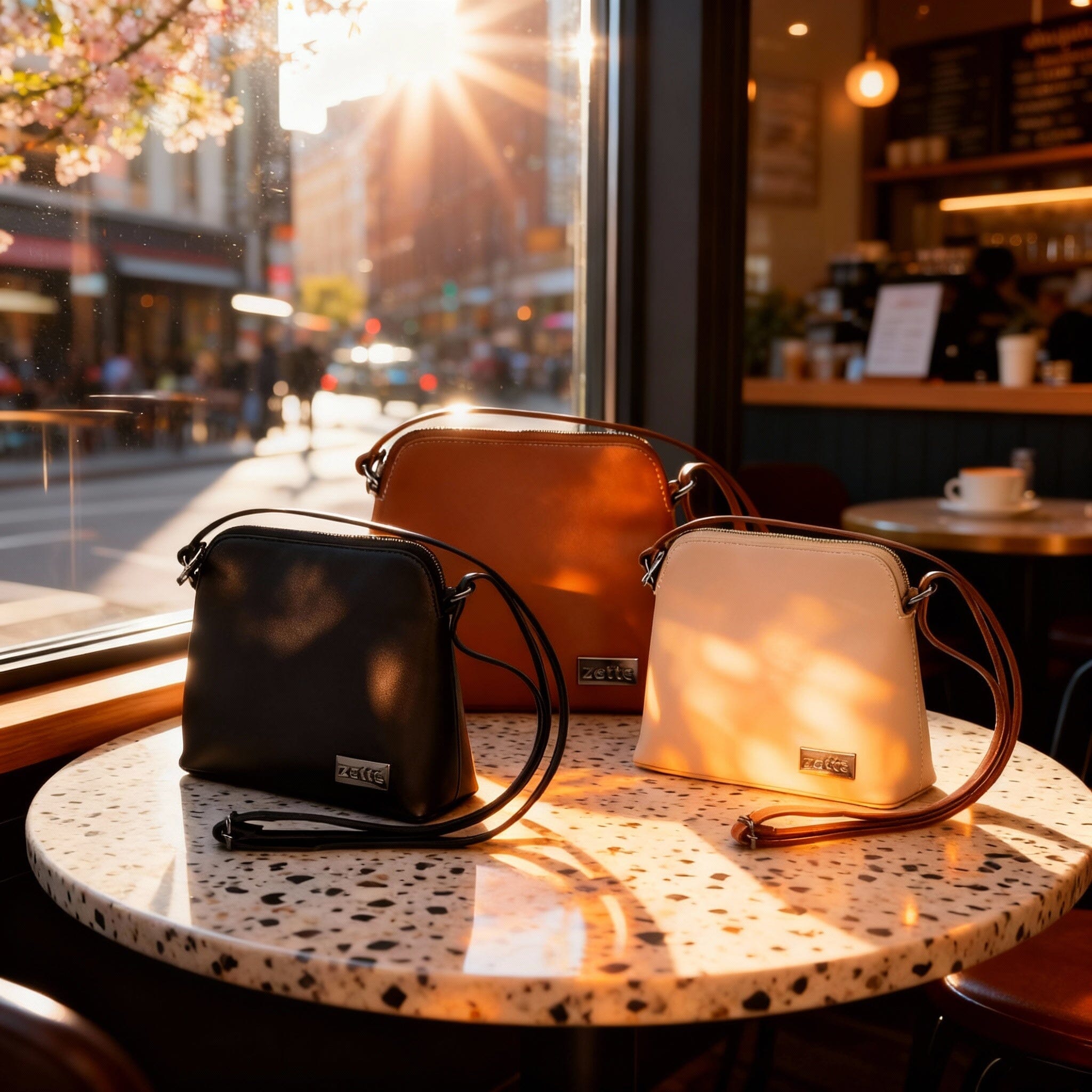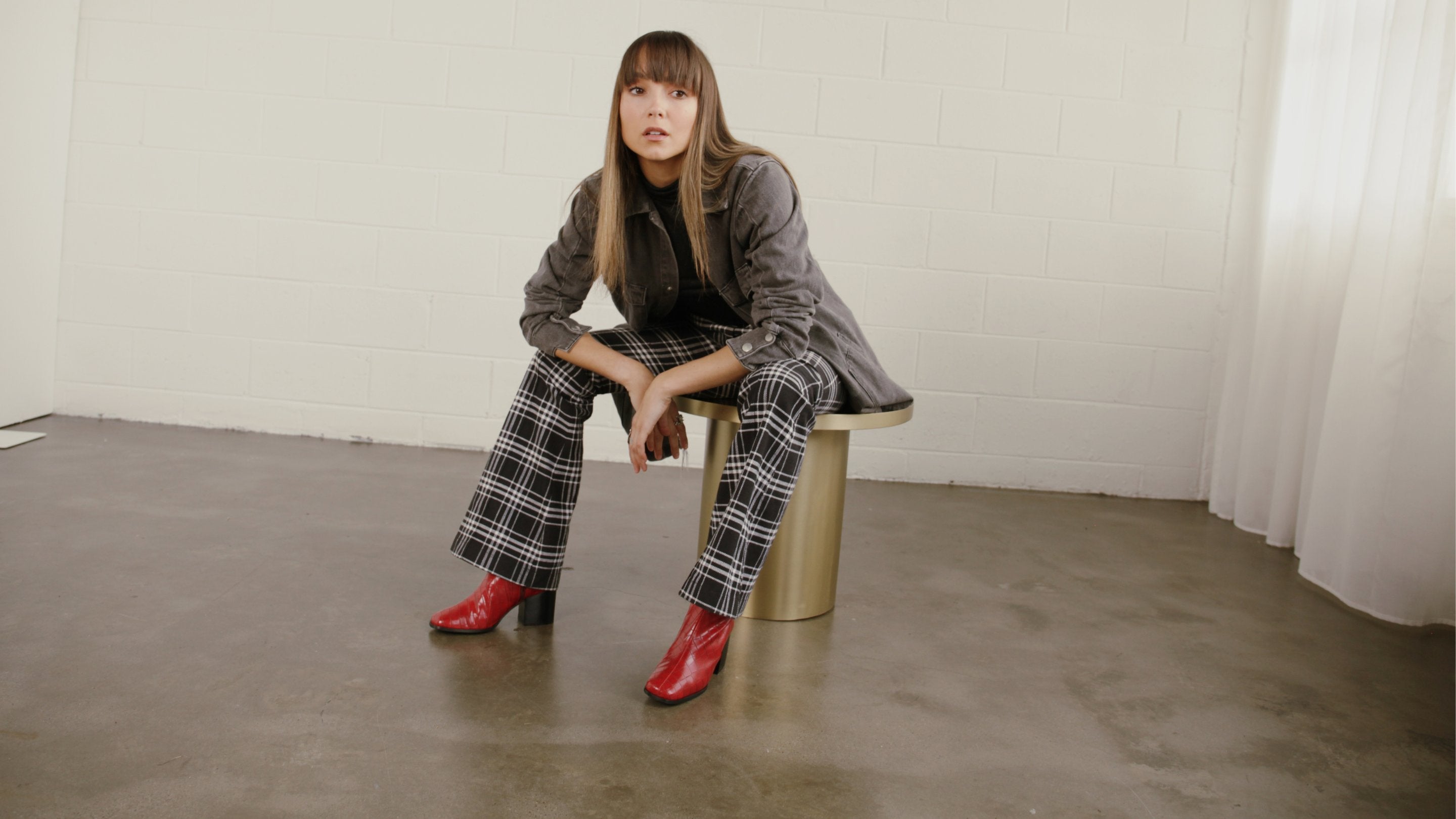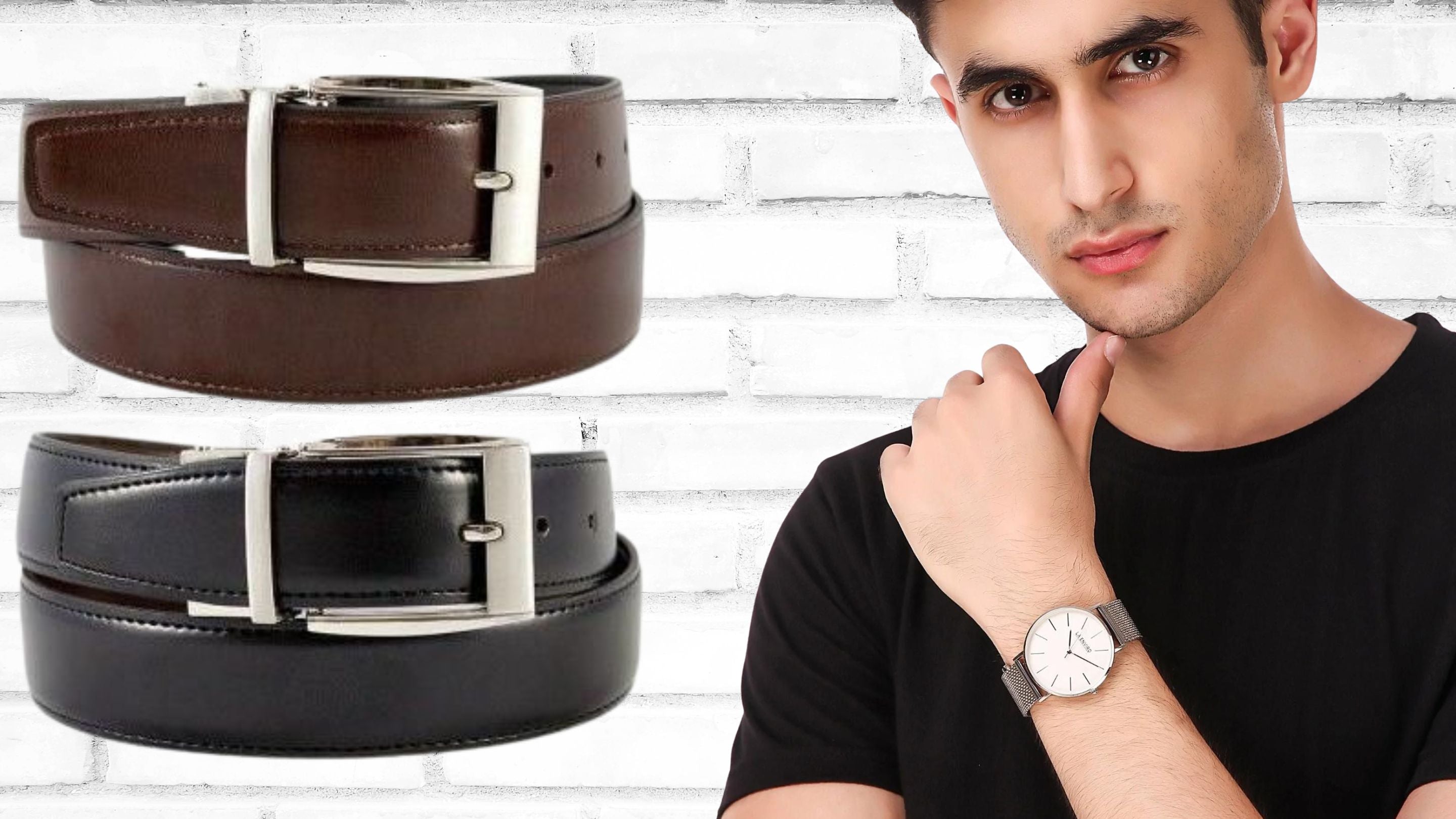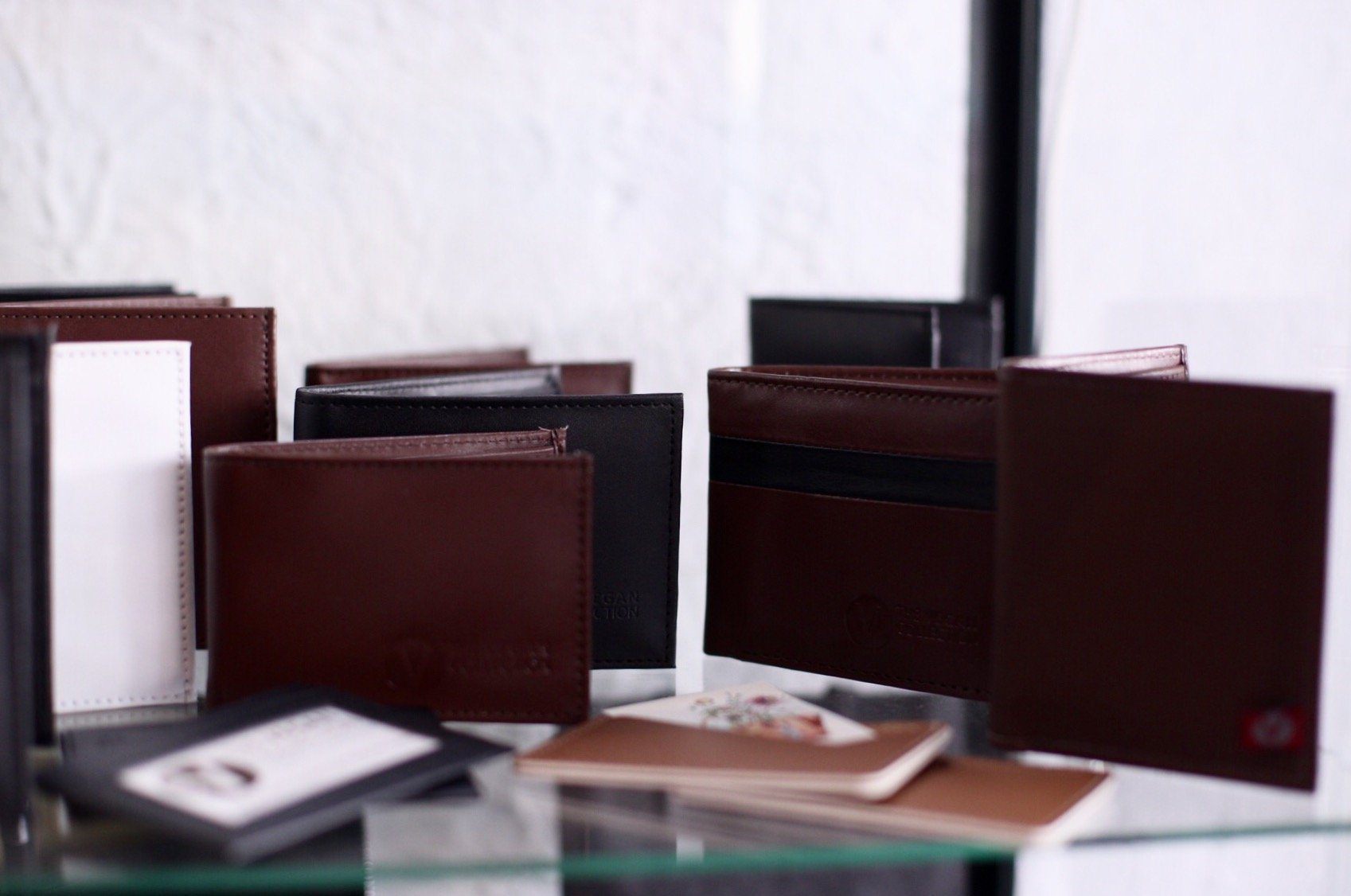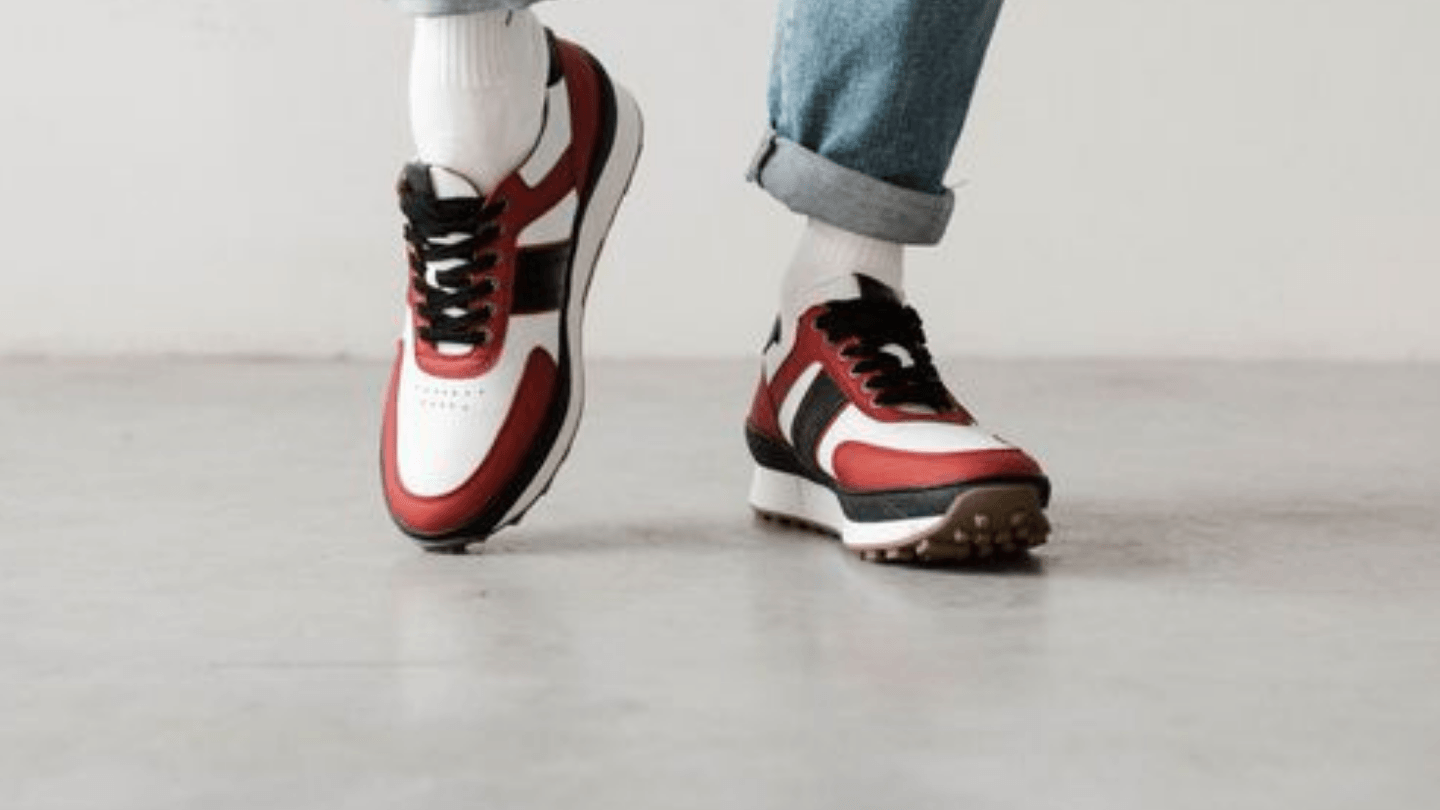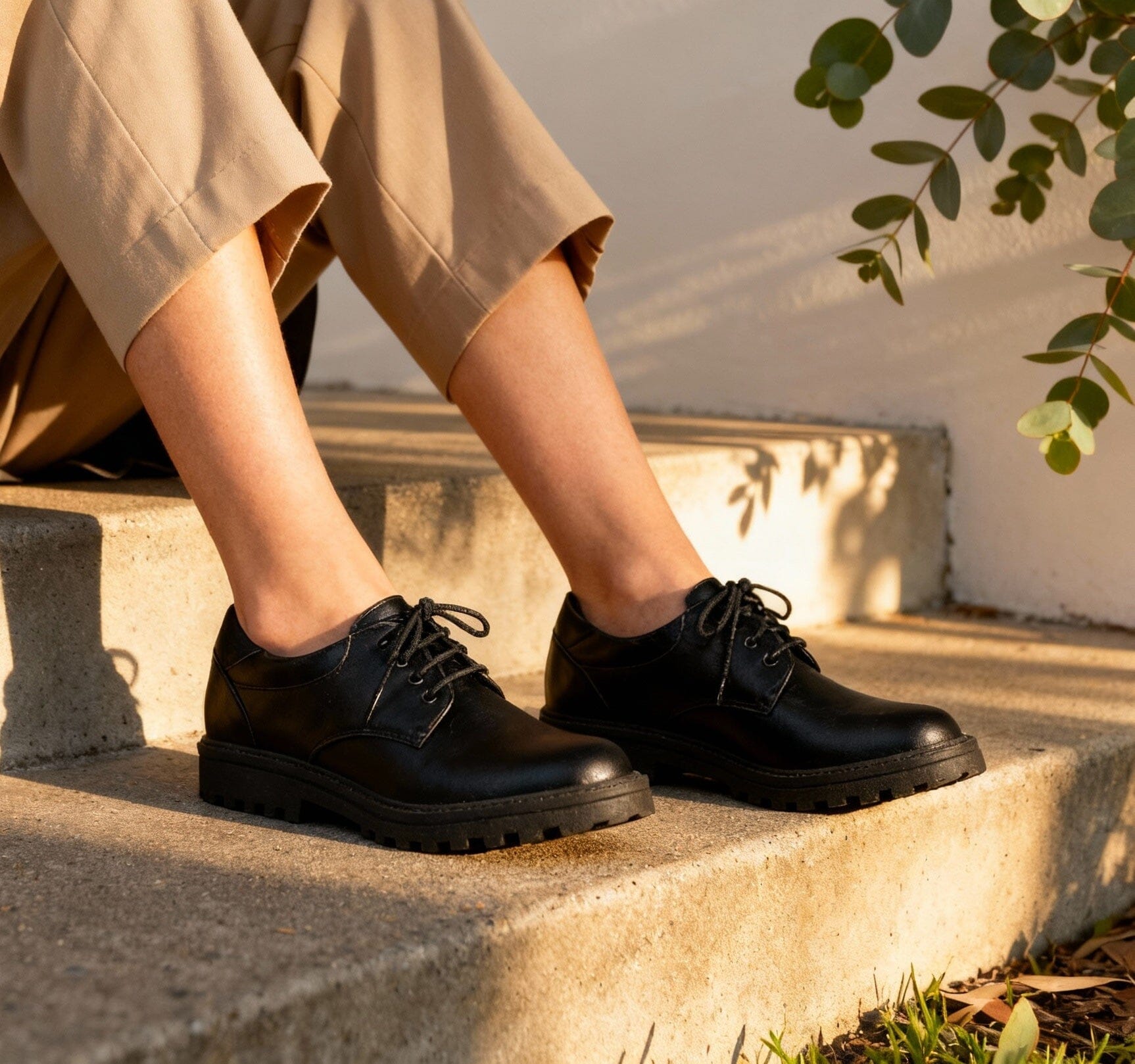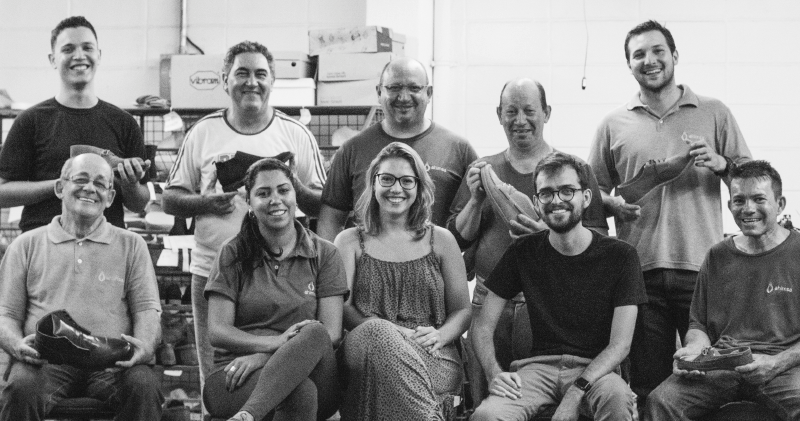Technical Materials Specifications (2025)
 A deeper look at the materials we use — and the standards we hold them to.
A deeper look at the materials we use — and the standards we hold them to.
At Vegan Style, our goal is simple: create footwear that is ethical, durable and beautifully made. Behind every pair of shoes is a set of intentional choices about materials, safety, sustainability and long-term performance. This page outlines the technical details behind the vegan leathers and fabrics we use, why we choose them, and what sets high-quality vegan materials apart from older “synthetic leather” stereotypes.
We work with leading European manufacturers — including OEKO-TEX® certified microfibre producers — to ensure our materials are free from harmful chemicals and meet strict quality and safety standards. This technical overview complements our main Vegan Leather Guide, offering more depth for customers who want a clearer, more scientific view of how modern vegan materials are made.
Premium Microfibre Leather

Produced in Europe by OEKO-TEX® Standard 100 certified manufacturers
Premium microfibre is our primary shoe upper material. It’s engineered using ultrafine fibres that are layered and bonded in a way that mimics the structure of natural leather — but with much higher consistency and significantly lower environmental impact.
Composition
-
Ultrathin microfibres (usually polyester / nylon blend)
-
Water-based polyurethane (PU) coating
-
Some styles use recycled content or bio-based polyols depending on the manufacturer
Key Performance Properties
-
High abrasion resistance
-
Excellent tear strength
-
Flexible, soft hand-feel
-
Consistent thickness & finish
-
Does not crack or peel when cared for properly
-
More breathable than early synthetic leathers
-
Lightweight
-
Water-resistant (naturally so — no heavy finishing required)
Why European Microfibre Performs Better
Microfibre leather produced in Europe typically benefits from:
-
Tighter quality controls
-
Stronger labour standards
-
Cleaner chemical processes
-
Stricter emissions controls
-
Better fibre engineering
-
Long-standing heritage in textile innovation
We choose European partners because the quality difference is noticeable from day one — in comfort, longevity and finish.
OEKO-TEX® Standard 100 Certification
What it means — and why it matters for footwear
OEKO-TEX® Standard 100 is one of the world’s most recognised certifications for textile safety. It tests for the presence of over 100 potentially harmful substances, including:
-
Formaldehyde
-
Chromium VI
-
Azo dyes
-
Phthalates
-
Heavy metals
-
Volatile organic compounds (VOCs)
-
Allergenic dyes
-
Pesticides
-
Solvent residues
Materials certified under OEKO-TEX® Standard 100 (especially Class II and III, which cover products in contact with skin) ensure that:
✅ The material is safe for prolonged skin contact
✅ The production process avoids toxic residues
✅ Chemical levels meet strict EU standards
✅ Worker and environmental exposure is reduced
✅ No hazardous substances remain in the final product
This certification directly counters the common misconception that “vegan leather = toxic plastic.”
High-quality microfibre vegan leathers undergo more rigorous testing than many traditional leathers.
Water-Based PU vs Traditional PU
Many top-tier vegan leathers use water-based polyurethane, which differs significantly from older solvent-based PU.
Water-Based PU Advantages
-
Lower VOC emissions
-
Reduced chemical smell
-
Softer flexibility
-
Increased breathability
-
Better ageing behaviour (less prone to cracking)
-
Reduced need for harsh finishing agents
-
Safer for workers and the environment
Why the Difference Matters
Using water-based PU means the final material maintains durability while avoiding many of the environmental and health drawbacks associated with older PU production.

Corn Leather (Bio-Based Polyols)
Corn leather is produced using polyols derived from industrial, non-food corn waste. It blends bio-based content with a high-quality backing structure to create a soft, flexible vegan leather.
Key Benefits
-
Reduced reliance on petrochemicals
-
Softer and lighter than traditional PU
-
Smooth hand-feel
-
Consistent grain
-
Lower environmental footprint
-
Versatile for both casual and dress styles
While still containing some synthetic components, the use of plant-derived polyols lowers overall emissions when compared to conventional PU.
Apple Leather (Apple Waste + Bio-Polymer Blend)
Apple leather is produced using leftover apple pomace from the fruit juice industry. The fibres are processed and combined with recycled or bio-based binders to create a durable, premium-looking material.
Performance Characteristics
-
Smooth, modern finish
-
Good abrasion resistance
-
Low stretch
-
Excellent surface consistency
-
Visually luxurious
-
Lower impact due to upcycled agricultural waste
We use apple leather selectively where its structure and aesthetics suit the design.
Recycled & Bio-Based Synthetics
Some of our styles use materials containing recycled content or partially bio-based PU blends. These variations are chosen based on:
-
Footwear purpose (e.g. structured vs soft styles)
-
Durability requirements
-
Aesthetic goals
-
Material flexibility and breathability
While no material is perfect, these blends significantly reduce the footprint of footwear compared to animal leather and older petroleum-dominant synthetics.
Emerging Next-Generation Materials
(Future-facing, not currently in our main collections)
Mirum® (Natural Fiber Composite)
Mirum® is one of the most advanced plastic-free leather alternatives developed to date. It’s made entirely from natural materials such as:
-
Natural rubber
-
Natural fibres
Vegetable oils
-
Minerals
-
Plant-based binders
Mirum Highlights
- 100% plastic-free
- Biodegradable and circular
- No PU or PVC
- Suitable for accessories and footwear uppers
- No tanning or curing required
Current limitations:
-
High production cost
-
Limited availability
-
Not yet optimised for consistent large-scale footwear production
-
Still developing in global supply chains
We’re watching Mirum closely and genuinely excited about its potential. When the technology becomes more scalable, we would love to integrate it into future collections.
Mycelium Leather
Made from fungal root structures (mycelium), these materials show promise in controlled environments but still face challenges in durability and commercial scaling.

Environmental Performance Summary
While exact impacts vary by material, vegan leathers generally offer:
Lower Water Use
Animal leather production requires water-intensive farming and tanning. Vegan leathers use a fraction of this.
Reduced CO₂e Emissions
Animal agriculture is one of the largest contributors to greenhouse gases. Vegan materials avoid this entirely.
No Chrome Tanning
Chrome tanning produces toxic by-products that contaminate waterways.
Premium vegan leathers avoid these chemicals completely.
Safer Chemical Profile
Especially when OEKO-TEX certified or water-based PU is used.
Longevity + Care
Durable vegan leathers often outlast lower-grade animal leather, reducing replacement frequency and waste.
Why We Choose These Materials
We prioritise materials that are:
-
Animal-free
-
Durable
-
Comfortable
-
Safe for skin contact
-
Produced in Europe where possible
-
OEKO-TEX certified or made under similar strict standards
-
Low in VOCs and solvent residues
-
Fit for daily wear in Australian conditions
This approach consistently delivers footwear that is ethical, long-lasting and pleasant to wear.
Technical FAQs
Is microfibre vegan leather toxic?
Not when produced under OEKO-TEX or similar standards.
Premium microfibre contains no hazardous residues and emits minimal VOCs.
Does vegan leather breathe?
High-quality microfibre and water-based PU blends are breathable due to their fibre structure. They outperform older synthetics significantly.
Does vegan leather peel?
Poor quality PU can peel.
OEKO-TEX-certified European microfibre with water-based PU does not peel when cared for correctly.
Is vegan leather biodegradable?
Some next-generation materials like Mirum aim for full biodegradability.
Current microfibre leathers prioritise durability and longevity, which reduces total waste over time.
How does vegan leather compare to animal leather?
Modern vegan leather is lighter, more breathable, more consistent, and has far lower environmental impact.
See also:

